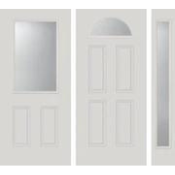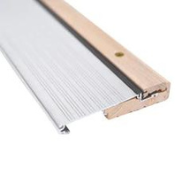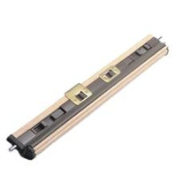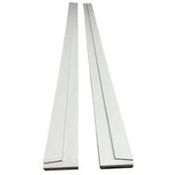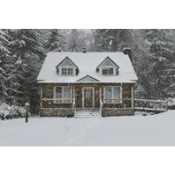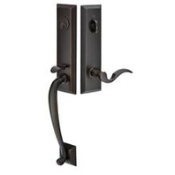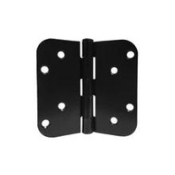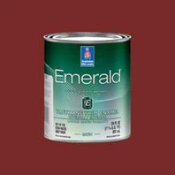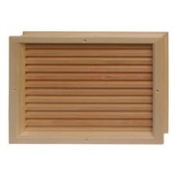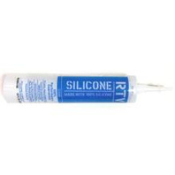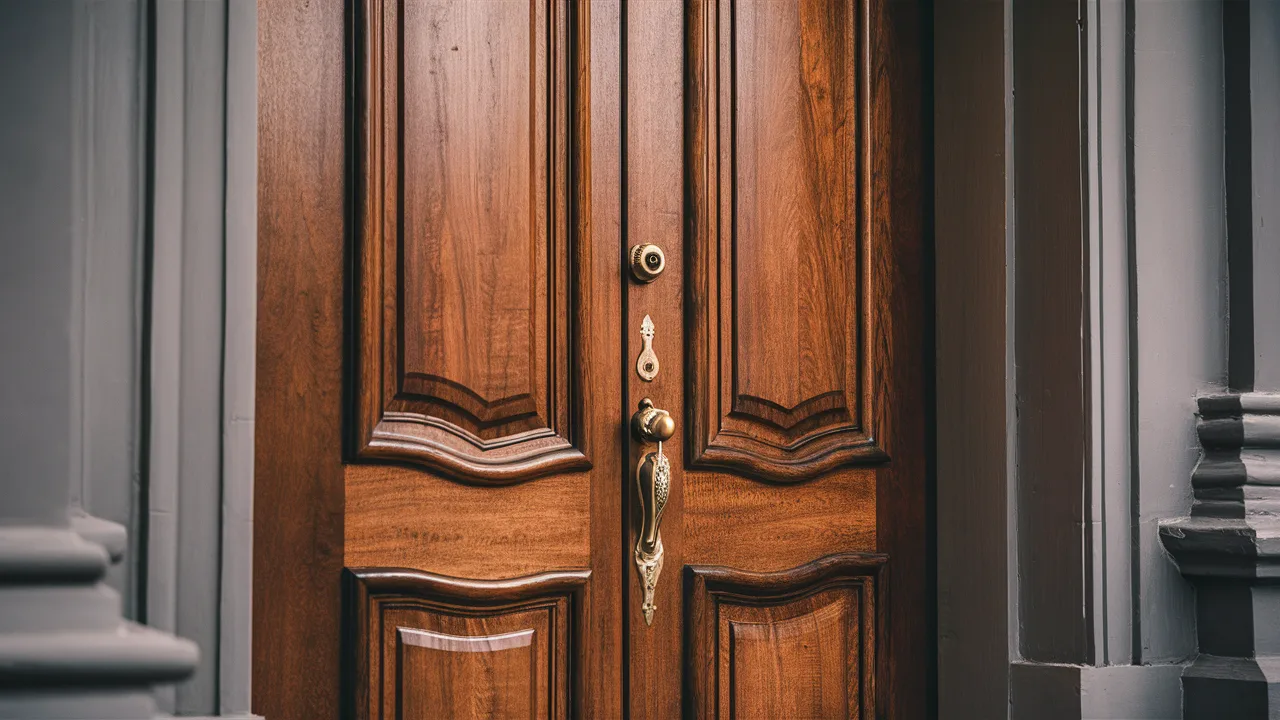
Wood doors are a timeless choice for both interior and exterior applications, offering a unique blend of warmth, elegance, and durability. In this comprehensive guide, we will delve into the key features that define quality wood doors, explore popular solid wood front door options, provide tips on inspecting wood doors for potential issues, and share maintenance practices to ensure their longevity.
Key Takeaways
- Understanding the key features such as durability, design versatility, and maintenance requirements is crucial for selecting quality wood doors.
- Popular solid wood options include oak, mahogany, and cherry, each offering unique aesthetic and functional benefits.
- Regular inspection for warping, cracks, and finish quality helps in maintaining the wood door's integrity and appearance.
- Proper maintenance, including regular cleaning, applying protective finishes, and prompt repair of any damage, extends the lifespan of wood doors.
- Making an informed choice involves considering the specific needs of your home and the characteristics of different wood types.
Key Features of Quality Wood Doors
From the moment you enter a room, the aesthetics of your space speak volumes about your style and appreciation for quality. Among the many design choices for your interior, the selection of doors is crucial, shaping the very character of your home. Wood doors are custodians of warmth, elegance, and a legacy that resides in the grains and patinas of their surface. In this comprehensive guide, we will explore the enduring allure of wood interior doors and why they continue to be the hallmark of quality.
-
Durability and Longevity
Wood doors are known for their longevity. Their robust nature ensures that they stand the test of time, holding up against the wear and tear of daily use. With proper care, wood interior doors can last for decades, making them a sustainable choice for your home.
-
Versatility in Design and Finish Options

Wood is one of the most popular materials for doors due to its natural beauty and versatility. It offers excellent insulation properties and can be easily customized to fit any design aesthetic. Whether you prefer a classic look or a modern design, wood doors can be tailored to meet your needs. Common hardwood door options include oak, mahogany, walnut, cherry, maple, and alder. Each wood offers distinct characteristics such as color, tone, and grain.
-
Maintenance Requirements
While wood doors provide warmth and a classic look, they do require regular maintenance to protect against warping, cracking, and rot. Regular cleaning and dusting, applying protective finishes, and prompt repair of scratches and dents are essential to maintain their beauty and functionality. Door experts recommend periodic inspections to ensure that your wood doors remain in top condition.
Popular Solid Wood Options
-
Oak Wood Doors
Oak wood doors are a timeless choice, known for their classic, strong grain pattern. They are highly durable and can withstand heavy use, making them ideal for both interior and exterior applications. Oak's natural beauty and versatility allow it to blend seamlessly with various design styles, from traditional to contemporary.
-
Mahogany Wood Doors

Mahogany wood doors are prized for their density and substantial feel. This hardwood species offers a rich, deep red hue that adds a touch of elegance and sophistication to any space. Mahogany doors are not only aesthetically pleasing but also incredibly durable, making them a popular choice for high-quality exterior and interior wood doors.
-
Cherry Wood Doors
Cherry wood doors are known for their warm, reddish tones and smooth, uniform surface. This hardwood species is perfect for those seeking a polished, contemporary look. Cherry wood's natural beauty and warmth can add character to any interior space, making it a favored option among homeowners and designers alike.
Inspecting the Wood: What to Look For
-
Checking for Warping and Cracks
When inspecting your wood door, it's crucial to look for cracks and warping. These issues can compromise the door's structural integrity and aesthetic appeal. Use a flashlight to highlight any damage not easily seen with the naked eye. Press gently on areas that look compromised to test for softness, a sign of rot that must be addressed before restoration.
-
Assessing the Wood Grain
The wood grain can tell you a lot about the quality of the door. Look for a consistent and tight grain pattern, which indicates a stronger and more durable wood. Make note of any holes, cracks, splits, or loose joints that need to be repaired. A well-maintained wood grain not only enhances the door's appearance but also its longevity.
-
Evaluating the Finish Quality
The finish on your wood door is not just for looks; it also provides a layer of protection. Check for peeling paint, discoloration, or any signs of wear. Restaining restores their natural luster. Choose a stain made specifically for interior doors. If the door has been varnished, you may need to have it sanded before applying a new finish. Regularly applying a protective finish can shield the wood from moisture and UV damage, preventing issues like discoloration and warping.
Maintenance Tips for Longevity
Maintaining your wood doors is essential for ensuring their longevity and keeping them looking their best. Here are some key tips to help you keep your doors in top condition for years to come.
Regular maintenance is key to ensuring the longevity of your doors. From weatherproofing to hardware checks, taking the time to care for your doors can save you money and hassle in the long run. For more detailed tips and expert advice, visit Peasedoors and explore our comprehensive guides and product offerings.
Conclusion: Making an Informed Choice
Selecting quality wood doors for your home involves understanding key features, knowing what to look for during inspections, exploring popular solid wood options, and committing to regular maintenance. By paying attention to these aspects, you can ensure that your wood doors not only enhance the aesthetic appeal of your home but also stand the test of time. Proper care and informed choices will help you enjoy the warmth, elegance, and durability that wood doors bring to your living spaces for many years to come.
Frequently Asked Questions
1. What are the key features of quality wood doors?
Quality wood doors are known for their durability and longevity, versatility in design and finish options, and specific maintenance requirements to ensure long-term performance.
2. How do I inspect wood doors for quality?
When inspecting wood doors, check for warping and cracks, assess the wood grain, and evaluate the finish quality to ensure you are getting a high-quality product.
3. What are some popular solid wood options for doors?
Popular solid wood options for doors include oak, mahogany, and cherry wood, each offering distinct characteristics and aesthetic appeal.
4. What maintenance is required for wood doors to ensure longevity?
Regular cleaning and dusting, applying protective finishes, and prompt repair of scratches and dents are essential maintenance tasks to ensure the longevity of wood doors.
5. Can wood doors be customized to fit specific home decor themes?
Yes, wood doors can be customized with different stains, paints, and finishes, allowing you to create a unique look that matches your personal style and home decor.
6. Are there any limitations or challenges associated with wood doors?
Wood doors may require more maintenance than other materials and can be affected by extreme temperatures and humidity levels, which may cause warping or other issues.


